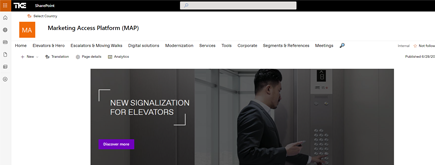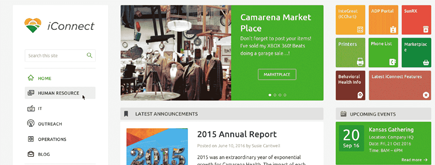Planning your Office 365 migration
By
 Phi-lac Nguyen
Phi-lac Nguyen
Published 2 years ago
~2 minute read

Planning a migration to Office 365 is a significant endeavor that requires careful consideration and preparation. Here are some top pieces of advice to ensure a successful migration:
-
Assess Your Current Environment: Before you start, thoroughly assess your existing IT infrastructure, applications, and data. Understand the scope and complexity of your migration, as well as any potential challenges.
-
Set Clear Objectives: Define your migration goals and objectives. Determine what you want to achieve with Office 365, whether it's improved collaboration, enhanced security, or scalability. This will guide your migration strategy.
-
Choose the Right Plan: Office 365 offers various plans tailored to different business needs. Select the plan that aligns with your organization's requirements. Consider factors like user count, features needed, and budget.
-
Plan for Data Migration: Develop a comprehensive data migration plan. Identify what data needs to be migrated, prioritize critical data, and consider strategies for minimizing downtime during the migration.
-
User Communication and Training: Keep your employees informed about the migration process. Provide training sessions to ensure they are familiar with the new tools and features. A smooth transition for end-users is essential.
-
Security and Compliance: Ensure that security and compliance measures are in place throughout the migration process. Understand Office 365's built-in security features and consider additional third-party tools if necessary.
-
Testing and Piloting: Before migrating all users, conduct thorough testing and consider piloting the migration with a smaller group. This helps identify and address any issues before a full-scale migration.
-
Backup and Recovery Strategy: Have a backup and recovery plan in place. While Office 365 offers data protection, having an additional backup ensures your data is secure in case of accidental deletion or data loss.
-
Migration Tools and Partners: Depending on your migration complexity, consider using migration tools like Sharegate or third-party migration partners. These tools can streamline the migration process and ensure data integrity.
-
Post-Migration Support: After migration, provide ongoing support for users to address any issues or questions that may arise. Monitor the new environment for performance, user adoption, and potential improvements.
Migrating to Office 365 can be a transformative step for your organization, but it requires thorough planning, execution, and ongoing management. By following these top pieces of advice, you'll be better prepared for a successful and smooth migration to Office 365.



